Eero Max 7 vs Eero Pro 6E: Is the Higher Price Worth It?
By Naila Syifa
Updated January 2024

Amazon Eero is a popular brand of mesh Wi-Fi systems that offer reliable and fast internet connectivity throughout your home. The Eero Max 7 is its latest model powered by the new Wi-Fi 7 standard, offering faster and more advanced technology than its predecessor, the Eero Pro 6E. However, is the higher price tag of the Eero Max 7 worth it? Or the Eero Pro 6E is still a solid choice for your needs?
In this article, we'll compare and contrast 5 key aspects of both routers to help you make an informed decision: price, specs & performance, design, features, and setup process.
Key Takeaways
The key difference is while the Eero Max 7 uses the Wi-Fi 7 standard, the Eero Pro 6E uses Wi-Fi 6E standard. Both offer the new 6GHz band, but Wi-Fi 7 is much faster and less congested. However, Wi-Fi 7 is still not widely available, so it may not be the best choice for everyone at this time, except for early adopters.


Eeero Max 7
Wi-Fi 7 Mesh Router
✓ Tri-Band 2.4 GHz, 5 GHz, 6 GHz
✓ TrueMesh Techology
✓ 320 MHz Channel
✓ Speed up to 9.4 Gbps

Eero Pro 6E
Wi-Fi 6E Mesh Router
✓ Tri-Band 2.4 GHz, 5 GHz, 6 GHz
✓ TrueMesh Techology
✓ 160 MHz Channel
✓ Speed up to 2.3 Gbps
#1 Price

Eeero Max 7
Eero is known for its premium price, but the Eero Max 7 takes it to the next level with an insanely expensive price tag of US$600 for a 1-pack, US$1150 for a 2-pack, and US$1700 for a 3-pack. At this price, most people will find it hard to justify the cost, especially when the Eero Pro 6E is already a solid choice.
The Eero Pro 6E costs much less, retailing at US$250 for a 1-pack, US$400 for a 2-pack, and US$550 for a 3-pack. Even though it is more affordable, it is still quite expensive for a mesh Wi-Fi system. If you want a more budget-friendly option, consider the Google Nest WiFi Pro.
Read also: Nest WiFi Pro vs Eero Pro 6E: Which Wi-Fi 6E Mesh Router is Best?
#2 Specs & Performance

Eero Pro 6E
The primary difference between the two routers is that while the Eero Max 7 is powered by the new Wi-Fi 7 standard, the Eero Pro 6E is powered by Wi-Fi 6E. Both standards offer tri-band connectivity of 2.4 GHz, 5 GHz, and 6 GHz frequency bands, but they differ in terms of theoretical maximum speed and channel width.
The Wi-Fi 7 introduces the new 320 MHz channels for the 6 GHz band, and the Eero Max 7 also now supports 240 MHz channels for the 5 GHz band. This is a significant width increase compared to the 160 MHz channels that the Eero Pro 6E supports for the 5 GHz and 6 GHz bands. Channels with higher widths offer a significant speed increase, because wider lanes allow more data to pass through at once. Eero claims that the Eero Max 7 can deliver speeds up to 9.4 Gbps, much higher than the Eero Pro 6E with a maximum speed of 2.3 Gbps.

Eeero Max 7
The Eero Max 7 also saw an increase in the number of Wi-Fi antennas compared to the Eero Pro 6E. Wi-Fi antennas are responsible for transmitting and receiving signals. A higher number of antennas can better communicate with more devices and cover a wider area.
This is reflected in the number of supported devices, with the Eero Max 7 supporting 200+ devices, while the Eero Pro 6E supports only up to 100+ devices. Additionally, the Eero Max 7 has a wider coverage range of up to 2500 sq. ft. per router unit, while the Eero Pro 6E has a coverage range of up to 2000 sq. ft. per unit.
#3 Design

Eero Pro 6E
Both routers have a similar sleek, white-colored design, but the Eero Max 7 is larger and bulkier with dimensions of 7.24 x 8.73 x 3.54 inches. The Eero Pro 6E, on the other hand, is more compact and discreet, measuring only 5.50 x 5.50 x 2.20 inches. This difference in design is possibly due to the Eero Max 7 having more antennas and a larger heat sink to dissipate heat, which then translates to an improved performance over the Eero Pro 6E.
The Eero Max 7 also has four Ethernet ports for each router unit, while the Eero Pro 6E only offers two. A higher number of Ethernet ports can be useful if you have more devices that need to be connected via a wired connection to the network. Take note that a wired connection provides faster speed than a wireless connection. Therefore, the more high-speed Ethernet ports are available in a router, the higher number of devices that can enjoy higher-speed connectivity.
#4 Features

Eeero Max 7
The Eero Max 7 and Eero Pro 6E both feature Eero's patented TrueMesh technology, which intelligently finds the best path for data to travel, ensuring a reliable and fast internet connection throughout your home. Both routers also offer some common features such as guest network and Wi-Fi scheduling, and if you subscribe to Eero Plus, you'll get additional premium features like content filters, app-blocking, ad-blocking, advanced security, VPN, password manager, and more.
Both models also doubles as a Zigbee smart home hub and Thread border router. This means, you can easily connect and control other smart home devices that use Zigbee and Thread protocols without the need for additional hubs or bridges.
The Eero Max 7 also includes built-in support for Matter. Matter is a new smart home connectivity standard for the future. It allows different smart home devices to work together and communicate with each other using a common language, regardless of their brand or technology.
#5 Setup

Eero Pro 6E
Setting up the Eero Max 7 and Eero Pro 6E is easy and straightforward, thanks to the Eero mobile app. You'll only need the router, an Internet service provider, and a supported iOS or Android device that will be used to install the app. To fully take advantage of the features and capabilities of the Eero Max 7 and Eero Pro 6E, it is also recommended that you have client devices that support the Wi-Fi 6 standard for the Eero Pro 6E and the Wi-Fi 7 standard for the Eero Max 7.
However, it is important to note that Wi-Fi 7 is still in the early stages of development. There are currently a very limited number of devices on the market that can take full advantage of its capabilities. The Wi-Fi alliance itself had only announced the certification program for Wi-Fi 7 in January 2024, and it will likely take some time for Wi-Fi 7 to become widely adopted. Apple also has not yet released any devices that support Wi-Fi 7. It is said that Apple is planning to launch a new iPhone that supports Wi-Fi 7 in 2024, but support for Wi-Fi 7 in Macs is still unlikely to come until late 2025 at the earliest.
Eero Max 7 vs Eero Pro 6E
Final Thoughts

Eeero Max 7
The Eero Max 7 offers compelling advantages with its support for Wi-Fi 7 standard, especially when it comes to performance like high speed, support for 200+ devices, and wider coverage range. However, it comes with a steep price tag that may be too high for most people. Additionally, there are still very few devices available that can take advantage of Wi-Fi 7. This means, you can only fully utilize the high performance and benefits of the Eero Max 7 in the near future when more devices are available in the market. This makes the Eero Max 7 a good option for early adopters who want the latest and greatest technology.
For most people, the Eero Pro 6E is already a solid choice that offers great features and performance at a more reasonable price point. Wi-Fi 6E is already excellent enough to serve the needs of most households, and it is more widely adopted and supported by devices in the market today.
If you like to read more about Wi-Fi Mesh Systems, check out our other relevant guides here:
Nest WiFi vs Nest WiFi Pro
Nest WiFi Pro vs Orbi AX6000
Nest WiFi Pro vs TP-Link Deco XE75
Asus ZenWiFi XT8 vs Orbi AX6000
Asus ZenWiFi XT8 vs Eero Pro 6
Asus ZenWiFi XT8 vs Nest WiFi Pro
Don't miss out on tech
Subscribe to our newsletter to stay up to date on the latest tech trends and guides on the best gadgets around.


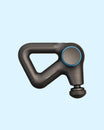
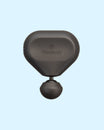

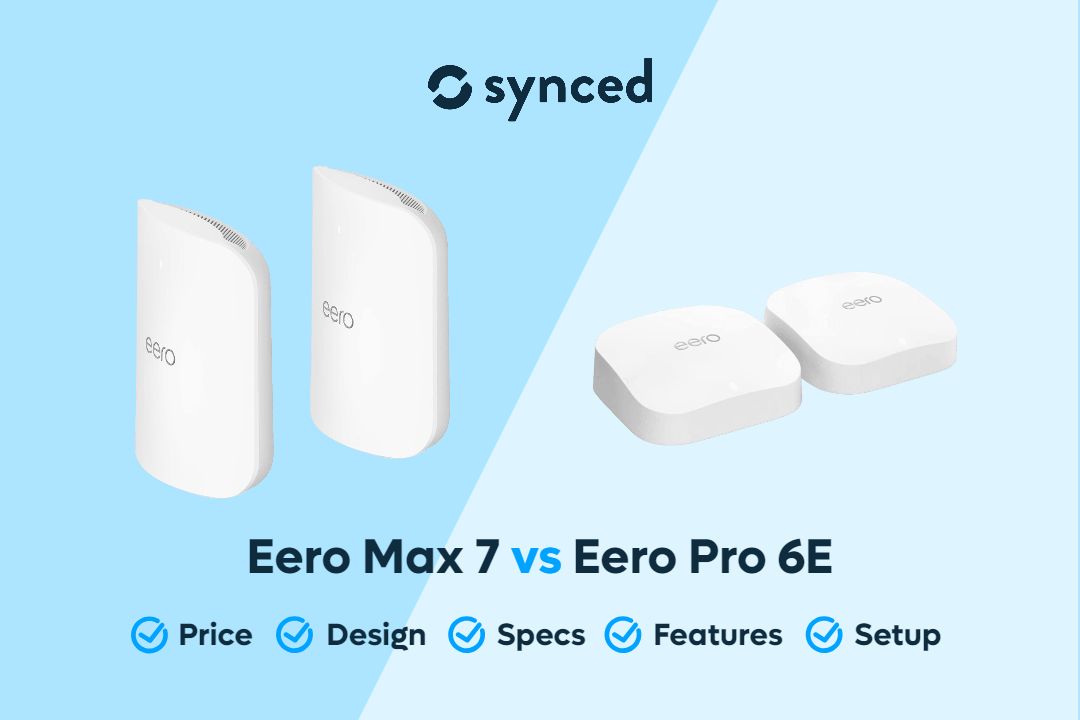
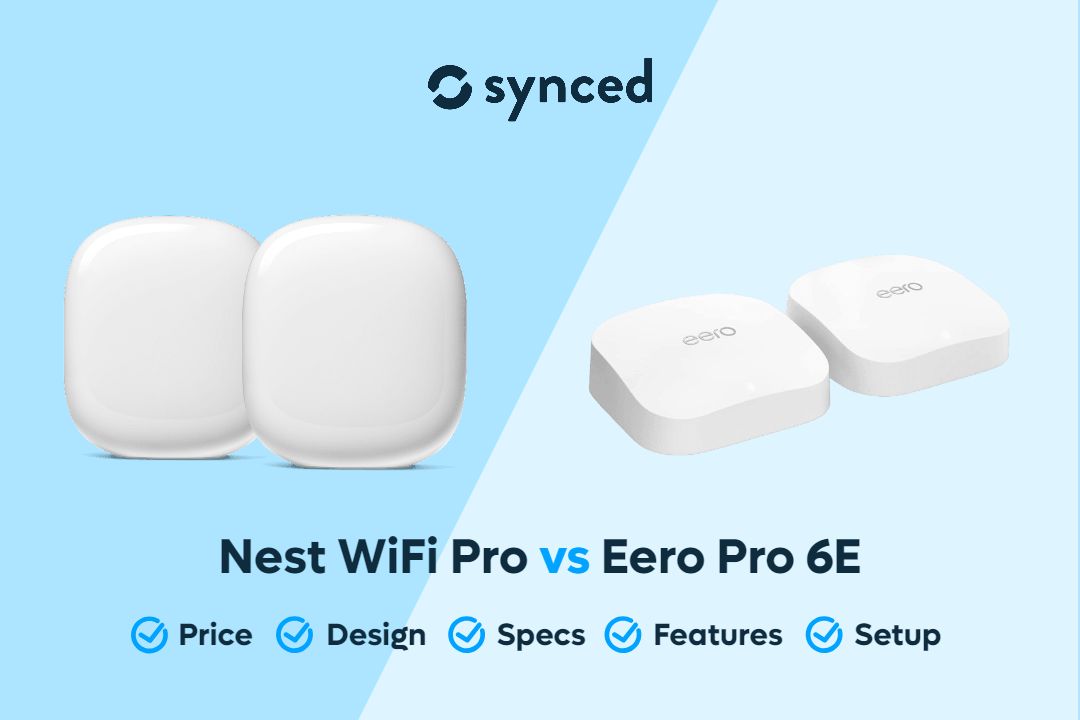
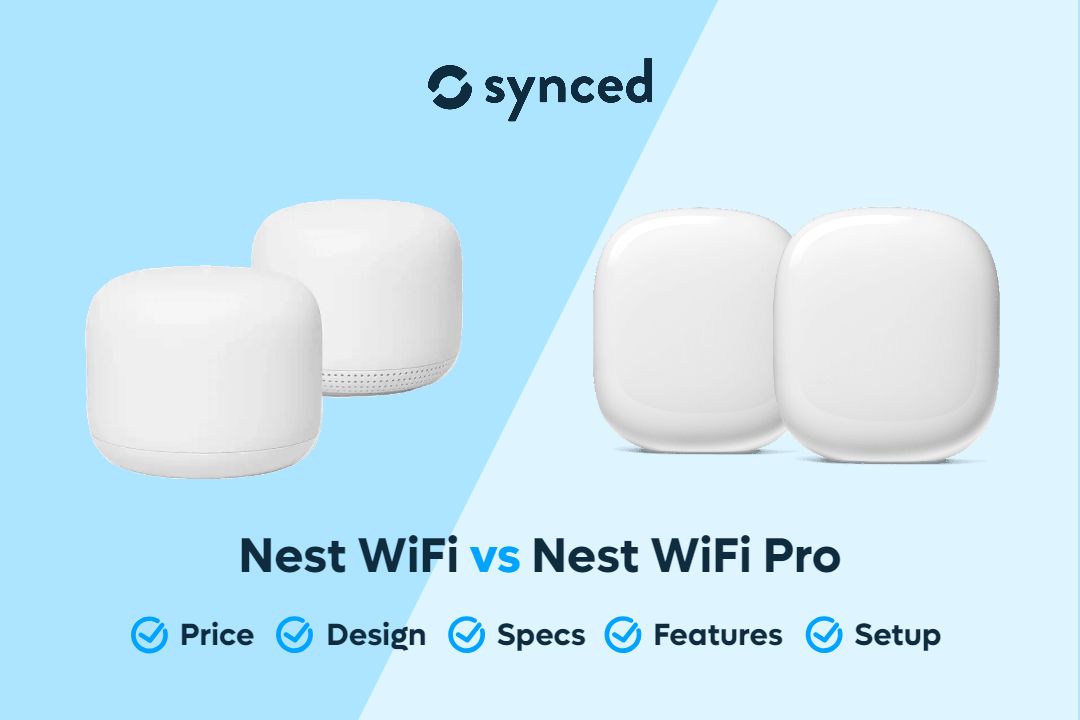
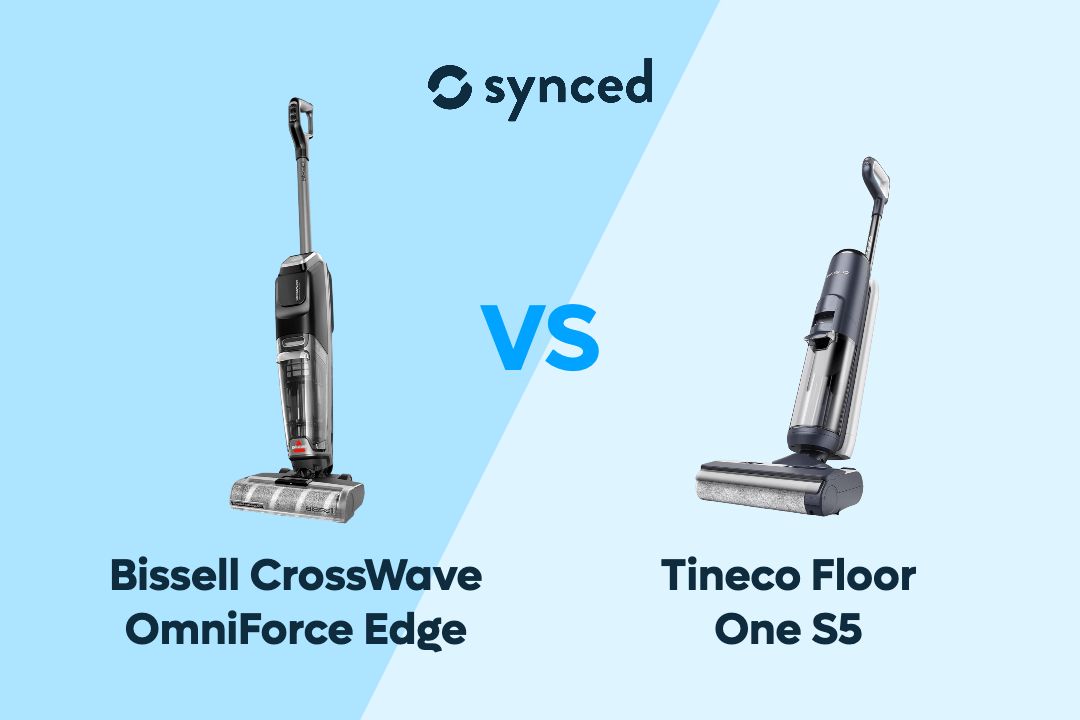
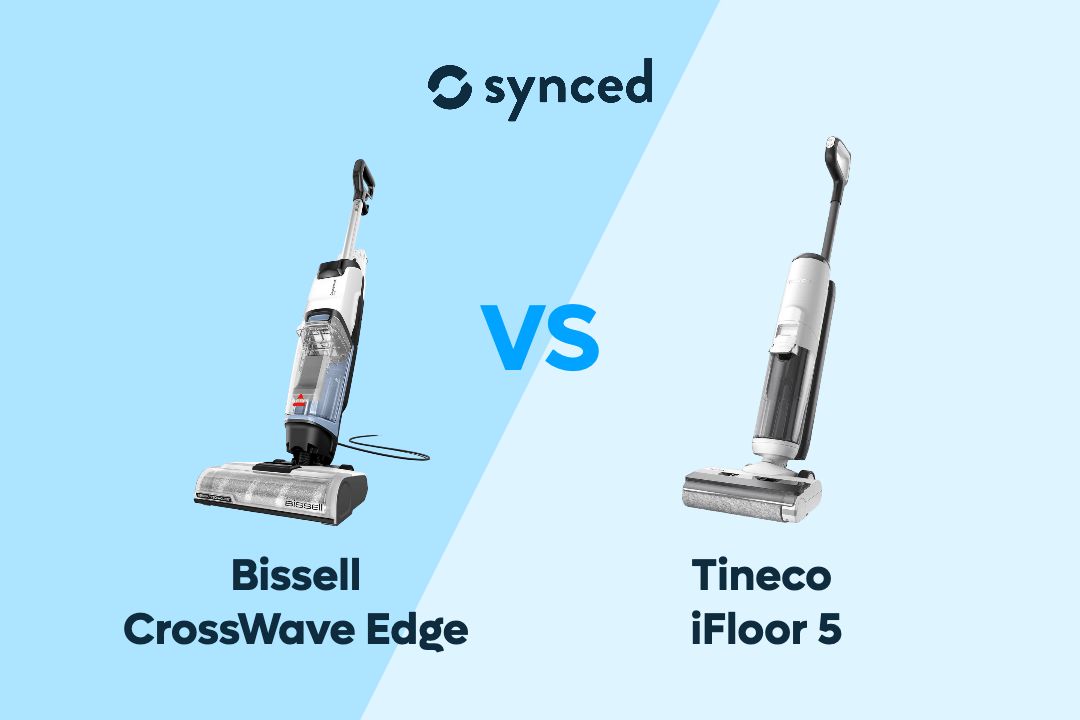
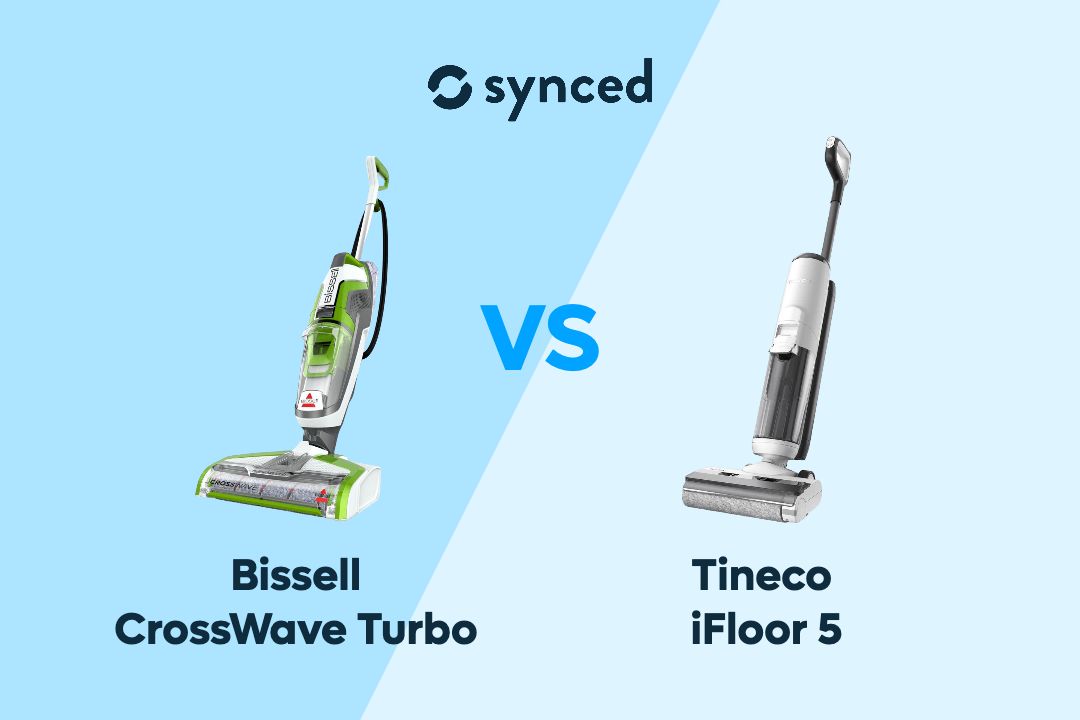
Leave a comment
This site is protected by hCaptcha and the hCaptcha Privacy Policy and Terms of Service apply.